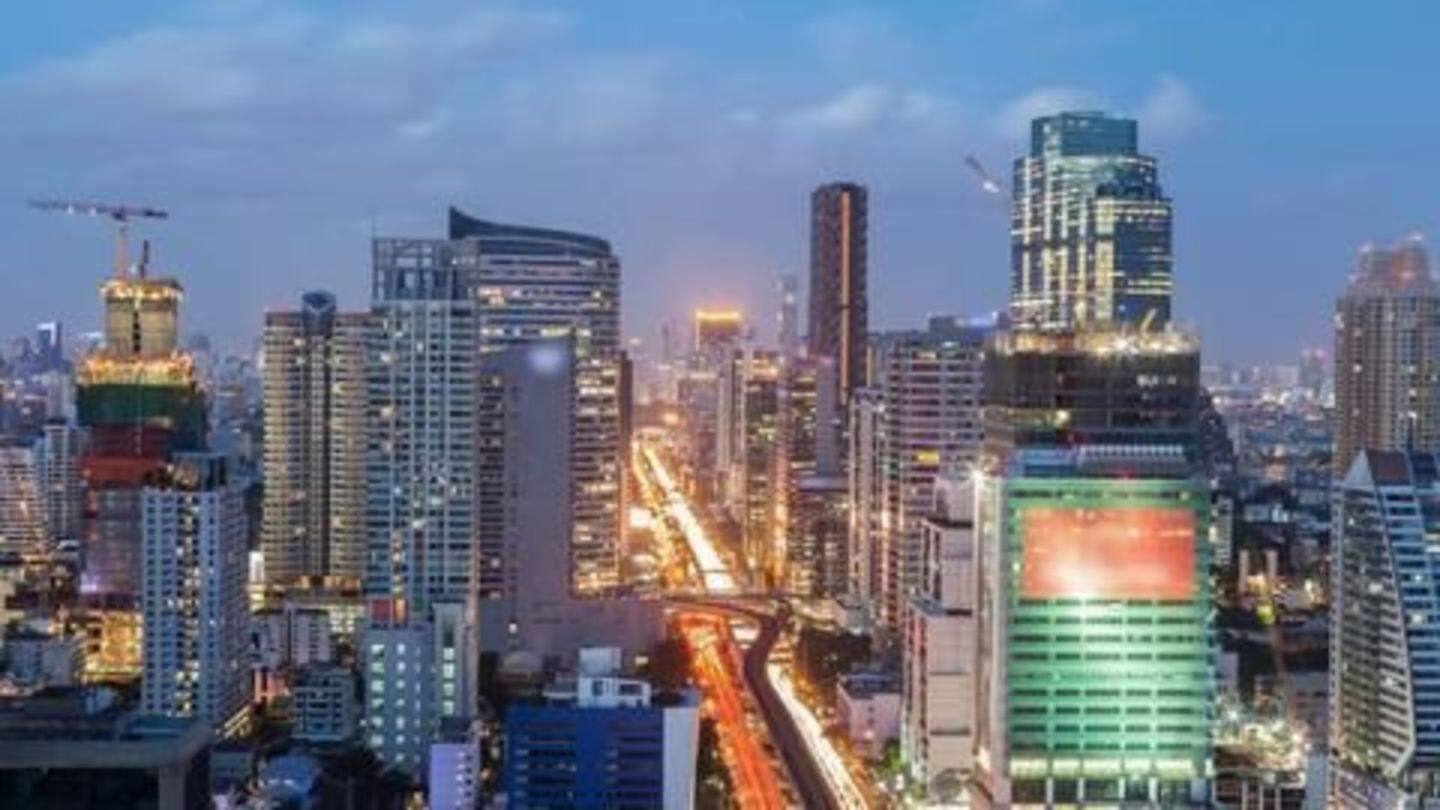
Can we save Gurugram from becoming a 'living hell'?
What's the story
In a shocking report, the Centre for Science and Environment (CSE) and Gurgaon First collaborated on a study and concluded that Gurugram is fast on its way to becoming a "living hell". Depleting water levels, heavy traffic, high pollution levels and increasing demand for electricity are just some of its challenges. But is there any way to save our beloved 'Millennium City'?
Information
What was the report about?
The report titled 'Gurugram: a framework for sustainable development', was released by MoS Urban Development Rao Inderjit Singh on June 1, ahead of World Environment Day on June 5, at the Gurugram Environment Conclave. About 150 delegates from various quarters attended the event.
Issue I
Population swells five times in just 16 years
According to the report, there has been a whopping five-fold increase in Gurugram's population since 2001. Rapid urbanization has been a prime factor. In fact, the city has the third highest per capital income in India, after Chandigarh and Mumbai. Forty-five percent of Haryana's revenue comes from state taxes levied in Gurugram alone. The booming population is putting excessive pressure on resources.
Issue II
Water table level dropped 74% in 10 years
Gurugram's water table is declining by upto three metres a year, the CSE report says. During 2005-2014, there has been a drop of 74%. The Central Ground Water Board earlier reported that in several blocks, water is being extracted by upto 300% over safe limits; it also warned that only rocks would remain once the water table touches 200 metres below ground level.
Issue III
Gurugram's air rated 'poor' since six months
Since six months, the Central Pollution Control Board has been rating Gurugram's air quality as 'poor'. Suspended Particulate Matter is 2.5, much above permissible limits of 60 micrograms per cubic metre (µg/m³). The report mentions rising number of vehicles and generators as a significant factor. Large-scale construction and destruction of green cover are other contributing reasons.
Issue IV
Registration of cars jumped 352% in eight years
In just eight years, from 2008 to 2015, registration of private cars in Gurugram jumped by 352%. On the other hand, registration of public buses fell by 300%, and para-transit reduced by 39%. "There are four times more cars per 1,000 people than in Delhi," the report says. It has also identified NH8, connecting Delhi to Jaipur via Gurugram, as an accident hot-spot.
Issue V
Gurugram will soon drown in its own sewage
The Haryana government is expecting sewage generation in Gurugram to reach 533mn liters by 2021. That is more than double the capacity of Sewage Treatment Plants, which can treat just 255mn liters. The treated water is not recycled, instead it is drained out, thus the city will soon be drowning in its own sewage, the report said.
Remedy
How can we save the dying city?
Urgent steps are needed to save Gurugram. Increase in use of renewable energy (by installing solar panels), and decentralized segregation and collection of waste are two important measures. Water demand has to reduce by 25% from current levels; this can be done by water efficiency and conservation measures. Measures also need to be taken "to protect the 3.5% of forest cover in south Haryana".